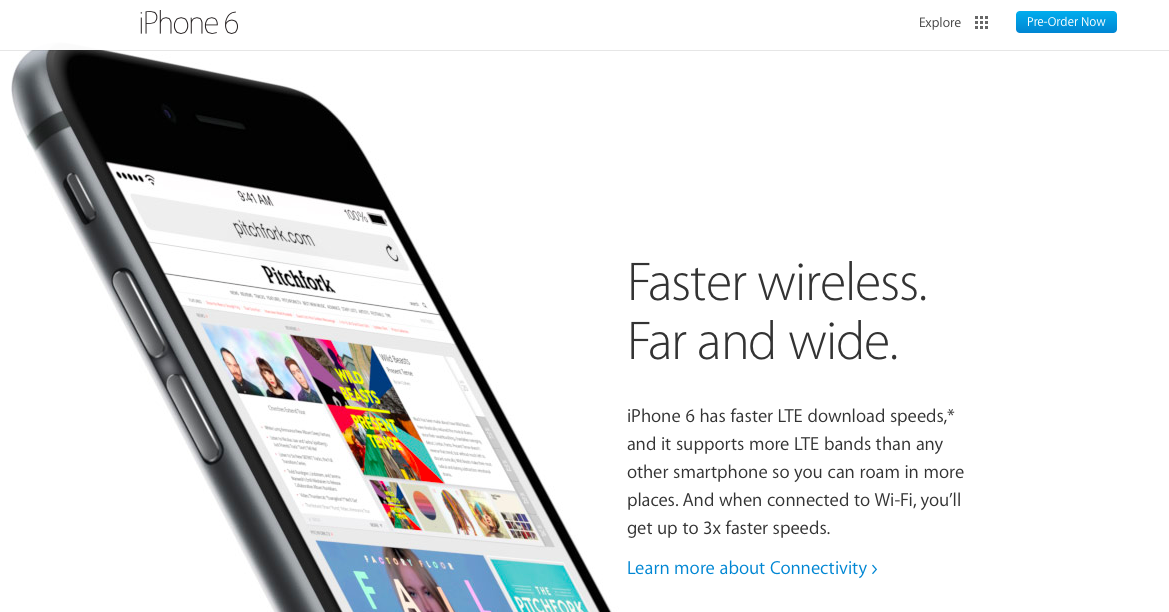At Least They Didn't Blame the Wi-Fi
Prime Video's stream of the 49ers-Cardinals NFL game received plenty of bad reviews on social media. While most of the negativity focused on stream quality, Wi-Fi largely escaped blame. There is one application type that confounds networks above all others, and it is live video. Pick your poison: voice, location tracking, on-demand video, cloud-hosted apps... None of them cause problems as consistently or predictably as the livestream. The issue is a simple one: broadcast vs. two-way. Packetized data networks are a two-way communication medium. Receiver must acknowledge sender. Live video has, since its inception decades ago, been a broadcast technology. Your television doesn't send anything to the local broadcast tower. Same with cable boxes. Same with satellite dishes. Pushing against this immutable scientific fact is commerce. Sports leagues see the billions of dollars being spent by streaming services, and they want some. Streaming services see the millions of eyeballs tun...

